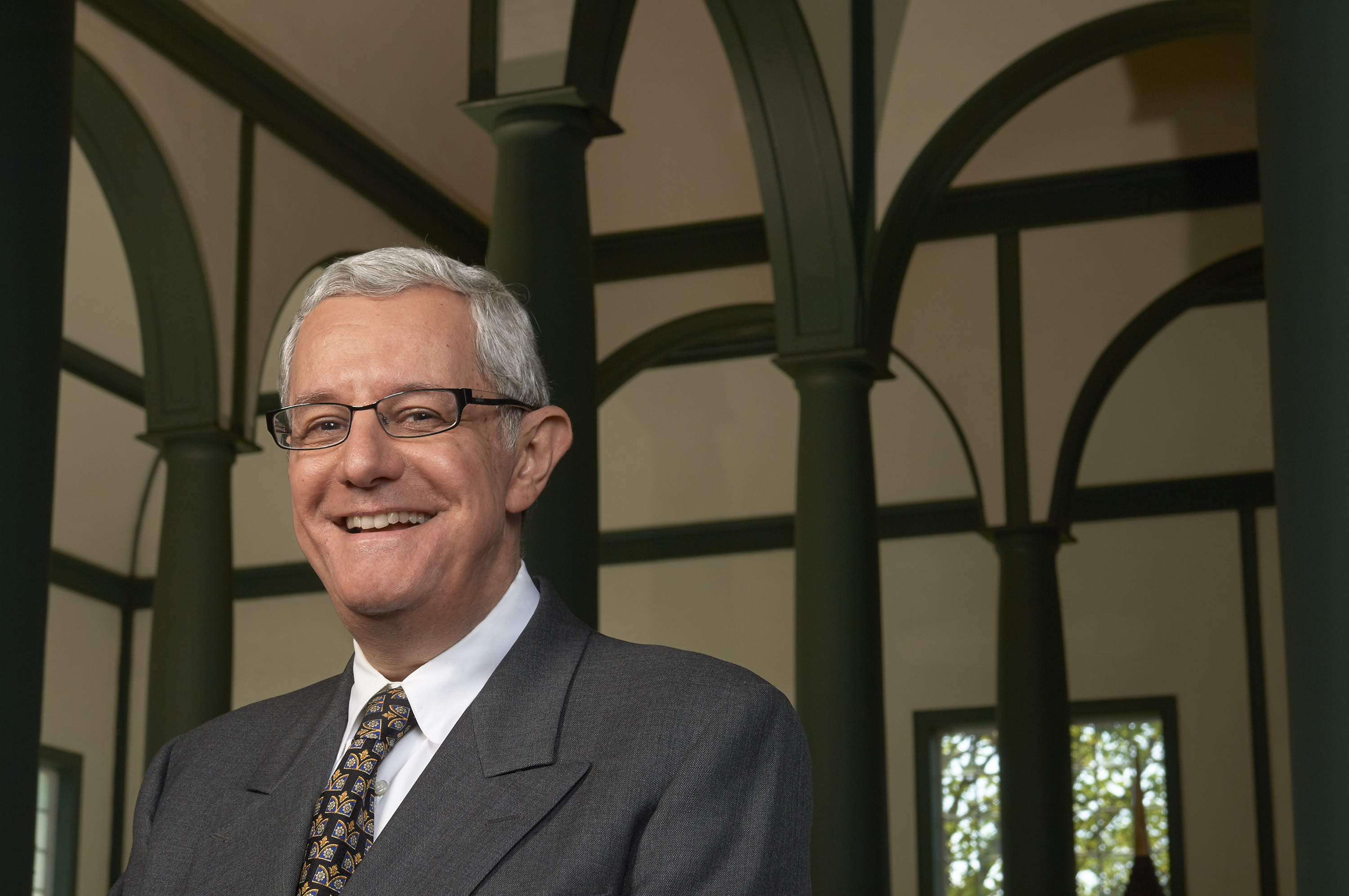Last December, Roy Thomson Hall presented a high-profile concert by “Itzhak Perlman and Friends” (the friends being pianists Emanuel Ax and Jean-Yves Thibaudet, the Juilliard String Quartet). The first piece on the program was a Baroque sonata for two violins by Jean-Marie Leclair, played by Perlman and one of the Juilliard violinists. The large audience applauded between movements. Evidently that irked the star violinist; before embarking on Mozart’s Piano Quartet in E-flat, K. 493, he turned to speak to the crowd.
“When I was backstage just now, I had a phone call from Wolfgang Amadeus,” Perlman jokingly told the audience. “He said that he hoped you wouldn’t applaud between the movements of his quartet. But he encourages you to applaud at the end.” People laughed. The four musicians (Ax, Perlman, and two members of the Juilliard Quartet) then launched into the first movement of the Mozart… after which the audience again applauded, despite Perlman’s hint. The pianist, Emanuel Ax, grinned and mimicked silent applause from his piano bench until the audience grew quiet again.
My own sentiments coincide with Perlman’s on this issue… I envision a multi-movement piece as an arc that almost inevitably benefits from uninterrupted listening. Applause between movements shatters the atmosphere that has been created by the performers. Yet it’s also worth remembering that in Mozart’s day, multi-movement works were often carved up, with other pieces inserted between movements. Neal Zaslaw, in his landmark study of Mozart’s symphonies, notes that it was the custom at the composer’s Vienna concerts to divide a symphony and perform the opening movements at the beginning of a concert, and the Finale at the end of the first half or the end of the program. For example, the first three movements of the “Haffner” Symphony would be the prelude to an evening’s all-Mozart program which included several arias, two piano concerti, some variations, and an improvised fugue, before the Finale of the “Haffner” provided the postlude.
The concept of inserting the bulk of a concert between the third and fourth movements of a symphony is of course foreign to modern musicians, for whom the unity of a composition is assumed.
The acoustical factor is also worth considering. The excellent clarity of the acoustics in newer halls, such as Koerner Hall in Toronto, amplifies the effect of applause between movements. Those sensitive acoustics throw any noise from the audience into prominence, whether it’s un-suppressed coughing or the clatter of a cane falling to the floor.
Speaking of which, in London, the Southbank Centre program books for years carried a notice that read:
During a recent test in the Hall, a note played mezzo forte on the horn measured approximately 65 decibels (dB [A]) of sound. A single “uncovered” cough gave the same reading. A handkerchief placed over the mouth when coughing assists in obtaining a pianissimo.
Of course, a loosely-balled handkerchief stuffed into the mouth (or an N95 Covid mask) can potentially reduce a cough to an unoffending volume. I sometimes imagine that concerts could begin with a little demonstration, like those given by flight attendants before takeoff. This would include an instruction on how to stifle coughing, and on techniques for delaying it during passages when the music is very quiet. Some presenters even offer complimentary cough lozenges to ticket-holders.


